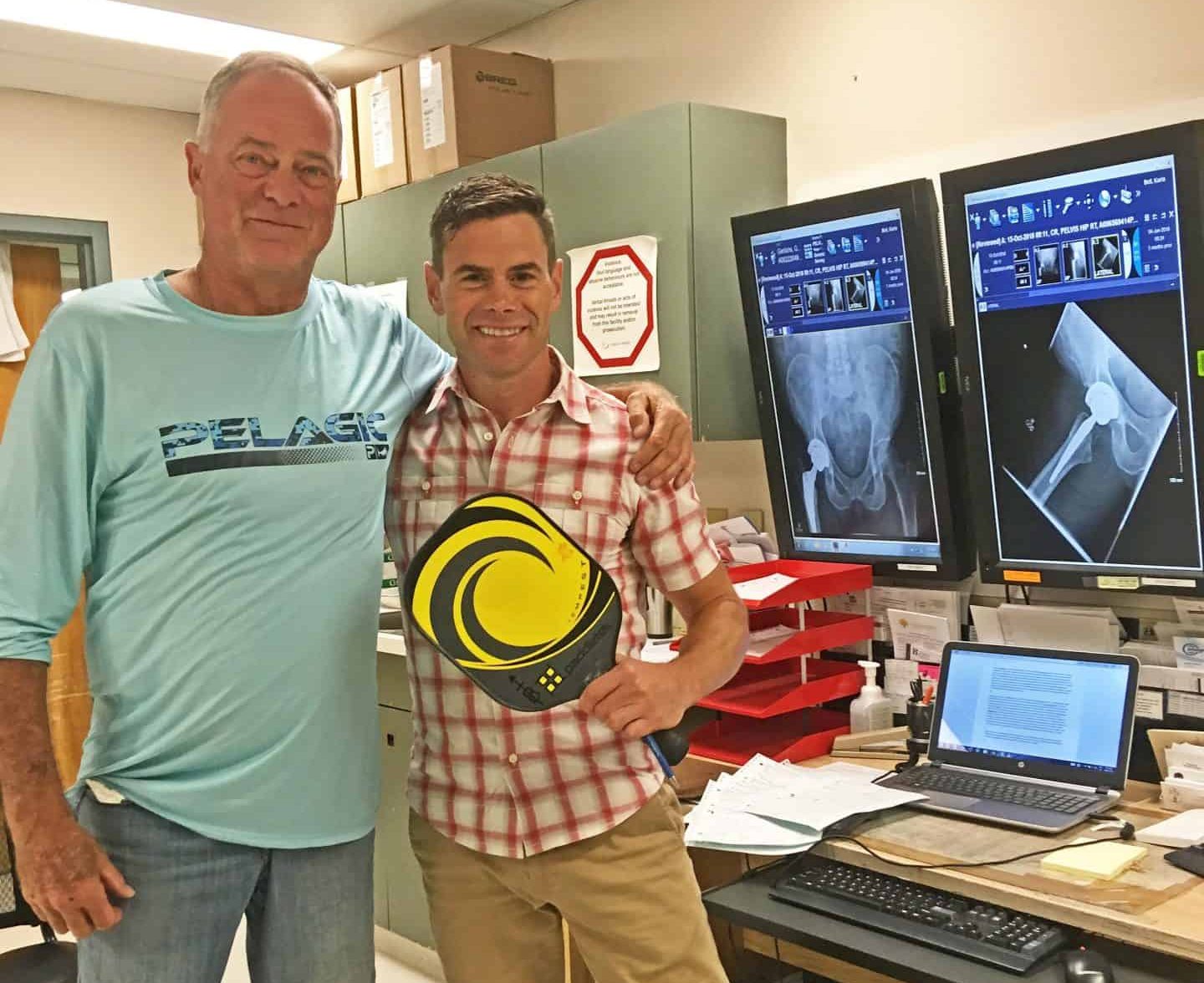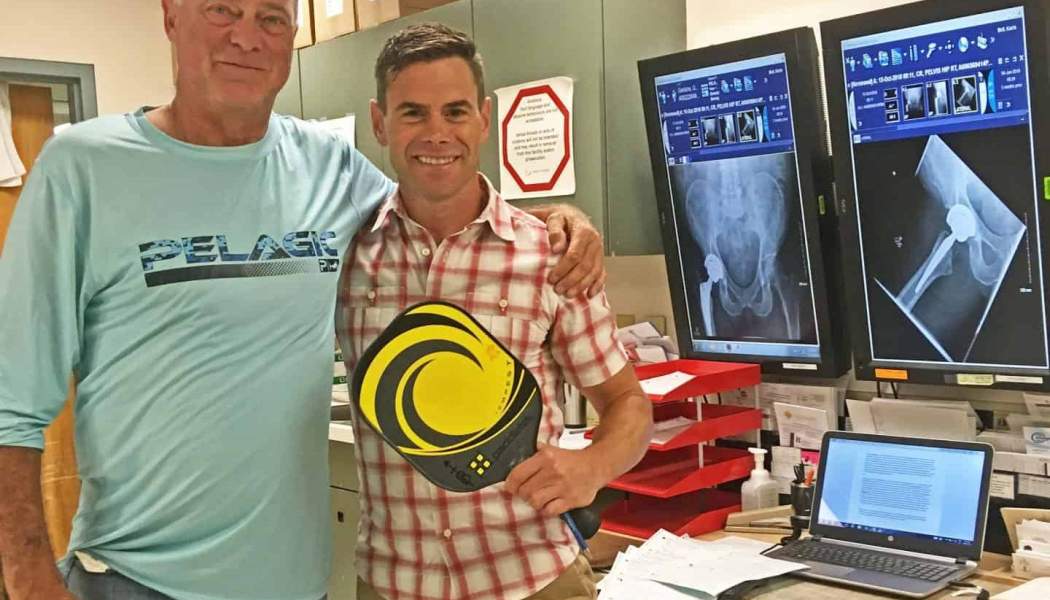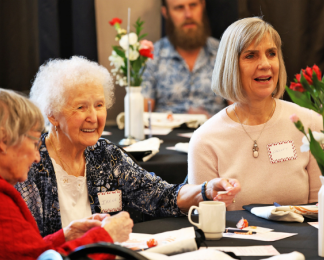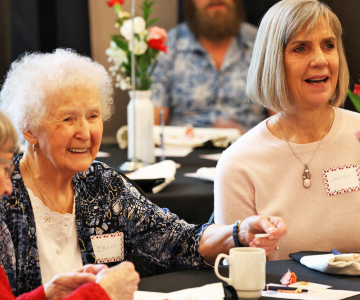The little things were agony, says Gary Gierlichs.
“Little things, like putting your socks on or putting your leg in the car,” he says. “I deteriorated pretty fast, which was tough for an active person like me. Hip replacement changed my life—I can’t say enough about it.”
In 2018, Dr. Tim Bell and his surgical team performed a hip replacement on Gary at Penticton Regional Hospital using a relatively new procedure for Interior Health called the direct anterior approach. This approach allows the surgeon to replace the hip without cutting through muscle and tendon. As a result, patients like Gary experience less pain and are up and moving sooner, often on the same day as the surgery.
“I was thrilled when Dr. Bell told me I could play pickleball at seven and a half weeks after my surgery,” says Gary. “And I did—very gingerly, of course."
Dr. Bell is thrilled with the difference this procedure has made for his patients.
“What’s most enjoyable for me is seeing patients accomplish tasks after their surgery that they’ve been unable to do because of debilitating pain,” says Dr. Bell, who has now performed hundreds of these surgeries.
The direct anterior approach for hip replacement also adopts many of the elements of Enhanced Recovery After Surgery (ERAS). ERAS is an area of focus across Interior Health and uses evidence to minimize the stress of surgery and return the patient to their regular activity sooner.
For example, “drinking clear fluids close to the time of surgery gives the body energy to heal,” says Andrea Lindsay, a project manager for surgical initiatives at Penticton Regional Hospital. "Using narcotic and non-narcotic pain medications can also reduce or prevent nausea and delirium. And having the patient up and moving helps reduce the risk of muscle loss and the development of blood clots.
“If patients and their families are informed and prepared, they have less anxiety and a better experience.”
ERAS also includes lifestyle changes prior to surgery, for example, diet changes to reduce anemia, reducing smoking to reduce pneumonia risk, and strengthening the upper body in order to get in and out of a chair more easily.
“Hip replacement is still a major surgery, so it’s expected that patients will experience some level of pain. However, following some of the preparations of ERAS can reduce complications after surgery and shorten the time the patient needs to stay in hospital,” says Andrea.
And Gary? He’s now enjoying more activity than he has in years. Following his recovery period, Gary went on a holiday to Mexico, played pickleball three or four times a week, and rode his e-bike 60 to 70 kilometres a day.
STAY CONNECTED

Top













